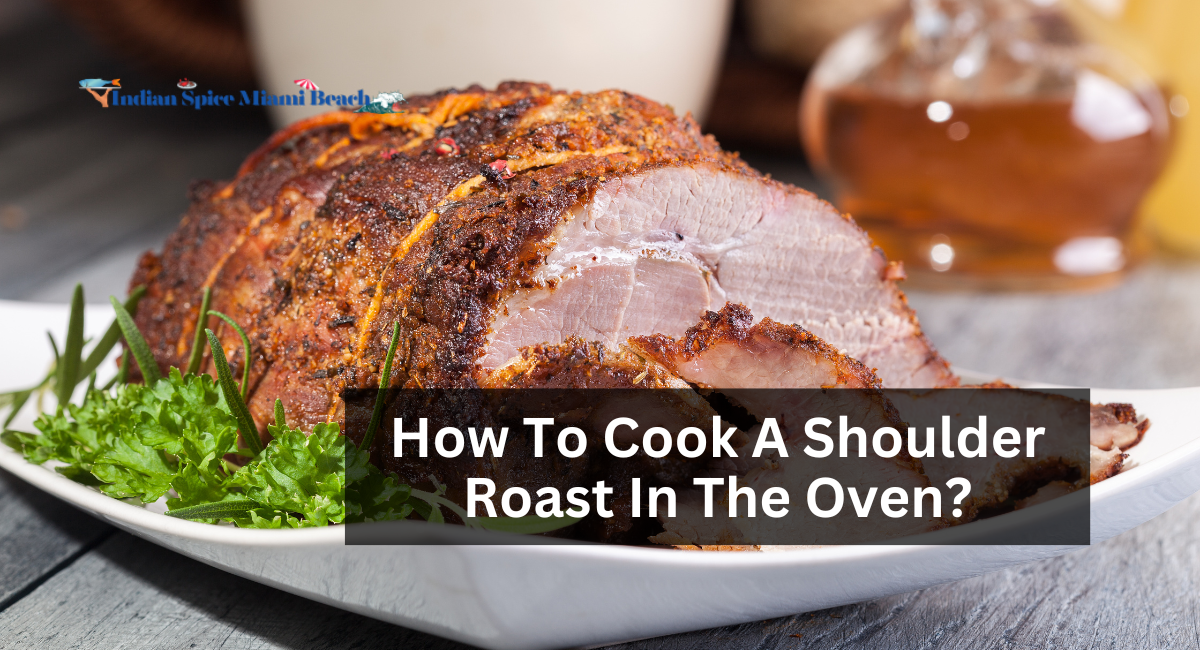Toast is an enduring breakfast staple that is cherished for its adaptability and simplicity. However, flawless toast cannot be accomplished by simply tossing bread into a toaster. Mastering the toaster settings and choosing the appropriate bread are two crucial stages that can significantly enhance the experience of toasting. This article, will explain how to make perfect toast in a toaster.
How To Make Perfect Toast In A Toaster?
1. Selecting The Bread
The initial stage in preparing toast is selecting the appropriate bread. Although you may believe that any type of bread will suffice, the flavor and consistency of your toast can be significantly altered by the type of bread you choose. Consider the following elements when selecting your bread:
- Bread Varieties: An extensive assortment of bread exists, encompassing white, whole wheat, multigrain, sourdough, and numerous others. Personal preferences and dietary restrictions should be taken into account when choosing bread for toast.
- Freshness: Choose freshly baked bread that is tender and not excessively dried. Toast made with stale bread is unappealing; therefore, strive for a baguette that has been recently baked or properly stored.
- Toasting procedure: The thickness of the bread segments may have an effect. To toast thicker segments may necessitate modifications to the toasting parameters and a prolonged toasting time. Conversely, thinner segments will brown more rapidly.
- Crust: Determining whether a crisp or a gentler crust is more to your liking regarding toast. While some bread varieties, such as artisan bread, have a crust that is firmer and more substantial, sandwich bread has an exterior that is more delicate.
2. Preparing The Toaster
To ensure optimal results, it is crucial to prepare the toaster prior to beginning the process of toasting the bread. The following describes how to prepare a toaster:
- Clean the Toaster: To begin, ensure that the toaster is spotless. Eliminate any residual detritus or crumbs from the crumb tray of the toaster. In addition to facilitating the toasting process, a sanitized toaster will prevent disagreeable odors and burnt food.
- Check the Power Cord: Analyze the power cord: Verify that the power cord of the toaster is adequately connected to an operational electrical receptacle. A steady power supply is essential to prevent any disruptions throughout the roasting procedure.
- Modify the Browning Adjustment: A browning control setting is typically included on toasters, enabling the user to regulate the degree of toasting. Please examine the browning control dial and adjust it to your liking. It is important to note that toast made at a lower setting will be lighter and gentler in texture, whereas toast made at a higher setting will be darker and crispier.
- Preheat (Optional): Certain toasters are equipped with a preheat function, which enables the toaster to be preheated prior to the insertion of the bread. While this is not required, it may contribute to more uniform toasting outcomes.
- Preheat (Optional): You can ensure that your toaster is clean, operational, and set to the desired toasting level by adhering to these preparation steps. Having preheated the toaster, the subsequent procedure entails inserting the bread.
3. Inserting The Bread
Having preheated the toaster, the next step is to place the bread inside and prepare it for toasting. The bread should be inserted into the toaster as follows:
- Slicing the Bread: In the event that the chosen bread is not pre-sliced, employ a serrated knife to meticulously divide it into segments of uniform size. Aim for slices with a thickness between 1/2 and 3/4 inch.
- Configure the Bread to Fit the Slots: Placing the bread segments into the toaster slots with care is required. Toasters typically include two to four spaces, the number of which varies by model.
- Method of Orienting the Bread: It is imperative to scrutinize the alignment of the bread segments. Contingent on the toaster, the segments may be inserted horizontally or vertically. To ensure that the bread toasts uniformly on both sides, ensure that it is correctly aligned in the slots.
4. Adjusting The Toasting Settings
It is crucial to modify the toasting settings once the bread has been inserted into the toaster in order to attain the intended degree of doneness. Consider the following elements when modifying the browning configuration:
- Browning Control: Consult the toaster’s browning control dial. This enables the degree of searing or toasting to be adjusted. A lighter setting will result in toast that is softer and less browned, while a higher setting will produce bread that is darker and crispier.
- Quantity of Slices: In the event that your toaster possesses multiple slots, you must choose between toasting each slice simultaneously or in distinct batches. To ensure uniformity and consistency in the toasting process, modify the toasting parameters as necessary.
- Special Functions: Certain toasters are equipped with supplementary features, including defrost, bagel, and reheat modes. If your toaster is equipped with these features, acquaint yourself with their operation and make necessary adjustments.
5. Toasting The Bread
After inserting the bread and adjusting the toasting parameters, the process of toasting can commence. To ensure the ideal toasting of your bread, adhere to the following steps:
- Push Down the Lever: To commence the toasting process on the majority of toasters, one must depress a lever or switch known as the “push Down the Lever.” Initiate the toasting process by depressing the lever lightly yet firmly.
- Supervise the Toasting Method: Maintain vigilance throughout the toasting process to prevent the baguette from burning. To monitor the bread’s development, one may either use the toaster’s viewing window or raise the lever marginally.
- Make Adjustments to the Toasting Time: In the event that the toast becomes excessively dark or insufficiently toasted, the toasting time can be modified by either reducing the duration or increasing it. By doing so, one can attain the intended degree of toasting.
- Await the Completion of the Toasting Cycle: Upon the completion of the toasting cycle, the bread slices will be automatically released from the toaster. The precise time required to achieve the intended degree of toasting may vary between one and three minutes, contingent upon the toaster model. Exercise patience and refrain from hastening the removal of the bread.
- Remove the Toasted Bread: At the conclusion of the toast cycle, the bread segments will be ejected from the toaster using a pop-up mechanism. Bread should be removed with care, as it may be extremely heated. Employ oven mitts or a pair of heat-resistant utensils to remove the toasted bread slices safely.
6. Removing The Toasted Bread
At this juncture, the bread should be extracted from the toaster, having been duly toasted. Follow these procedures to retrieve your toasted bread slices in a secure manner:
- Turn off the Toaster: Ensure that the toaster is turned off prior to removing the bread. This will ensure that no accidents or injuries occur.
- Apply Safety Precautions: Due to the potential residual heat from the toaster and the toasted bread, it is critical to exercise caution. Employ heat-resistant mittens or oven mitts to safeguard against burns and ensure secure operation of the toaster.
- Mildly Raise or Slide the Lever: The action of releasing the toasted bread may require you to raise or slide the lever, contingent upon the specific model of your toaster. Caution is advised, as the bread may be fragile and prone to breakage if handled harshly.
- Remove the Toast: After the lever is raised or the sliding mechanism is engaged, remove the toasted bread with caution utilizing tongs or an alternative implement. To prevent the toast from becoming soggy, position it on a wire cooling rack or a clear surface.
7. Enjoying Your Toast
Honorable congratulations! To be savored, your perfectly toasted bread is now ready. The following are several suggestions for savoring your toast:
- Butter and Jam: Spread a substantial quantity of butter over the toast while it is still heated, followed by jam. Complement the dish with a dollop of your preferred marmalade or jelly to create a delectable alliance of tastes.
- Avocado or Hummus: Spread mashed avocado or your preferred hummus on toast for a nutritious and delectable alternative. For added flavor, garnish it with a pinch of salt, pepper, or fresh herbs.
- Tomato and Cheese: Position a cheese slice onto a piece of toast and preheat it in a broiler until the cheese begins to soften. Complement a delectable open-faced toast sandwich with freshly sliced tomatoes and a light dusting of herbs or seasonings.
- Nut butter and banana: Spread crostini with peanut butter, almond butter, or another preferred nut butter. Add some freshly sliced bananas to the top for a nutritious and gratifying combination.
- Egg and Bacon: Accumulate a traditional breakfast sandwich on your toast by frying an egg and some bacon. Supplement with lettuce, tomato, or any other preferred garnishes to enhance the flavor.
- Peanut Butter and Jelly: The everlasting combination of peanut butter and jelly will transport you down memory lane. On one slice of toast, spread your preferred jelly or preserves; on the other, dot with peanut butter. Bring them together with pressure to create a nostalgic treat.
Although it may appear straightforward, the intricacies distinguish perfectly made toast from lackluster one. One can elevate a monotonous breakfast into a pleasurable gastronomic encounter through the selection of high-quality bread, comprehension of the toaster’s settings, and attentiveness to timing. Cheers to toast that is flawless each time!
Read More: How To Bake Fish In A Convection Oven?










